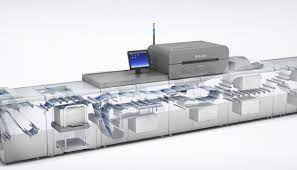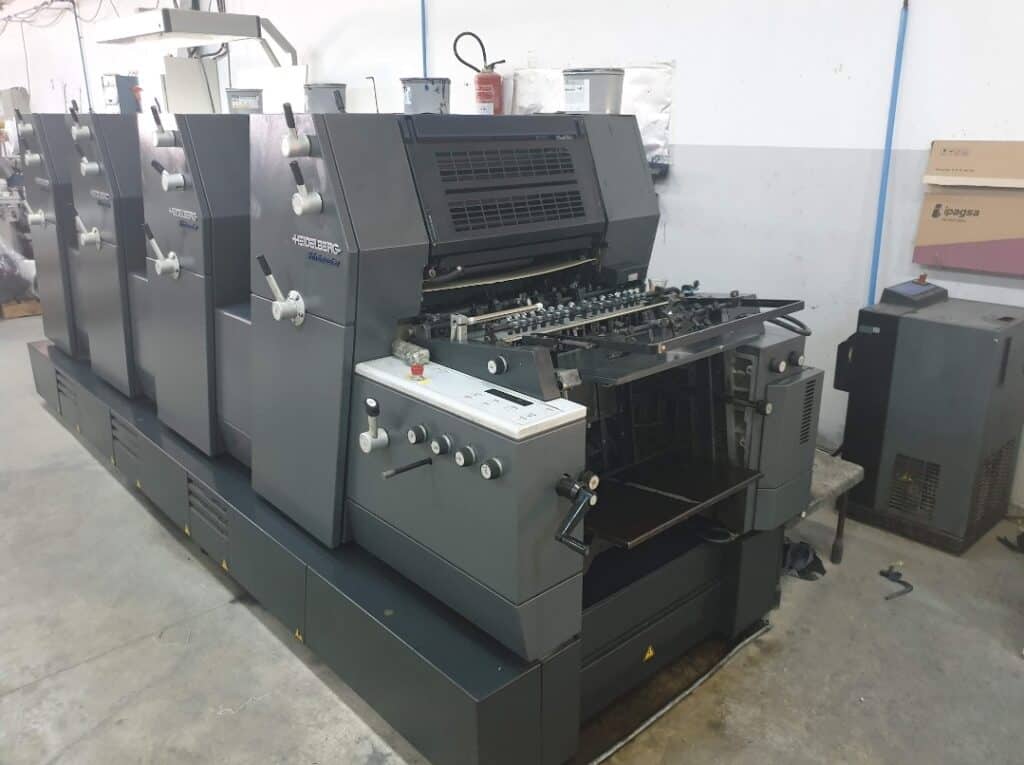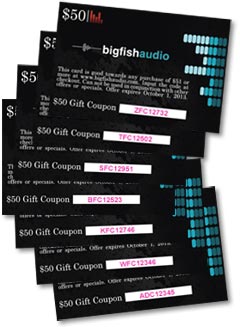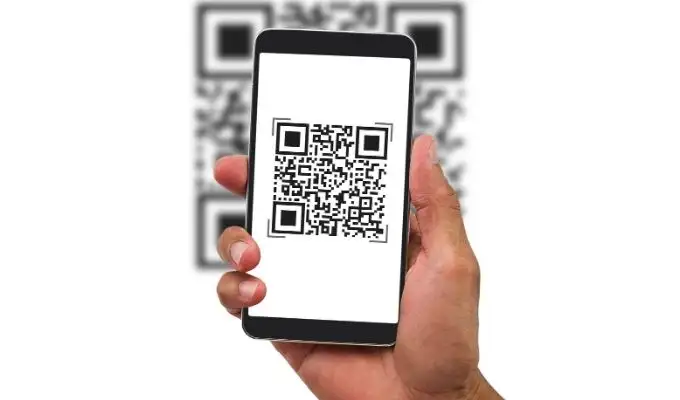
In the ever-evolving world of business, the impression you make can often start with simply exchanging contact information via business cards. The tactile feel of a card, its design, and its overall quality can make a lasting networking impression. With technological advancements, digital business card printing has become a popular choice, challenging the traditional offset printing method.
In this article, we’ll explore the pros and cons of both digital and offset printing for business cards, offering insights for businesses and individuals looking to make their mark.
What is a Digital Business Card?
A digital business card is more than just a digital version of a traditional paper card. It’s a modern tool that allows professionals to share their contact details electronically.
These paper business cards can be customised and often include interactive elements like links to websites or social media profiles.
What is Offset Printing?
Offset printing, on the other hand, is more traditional business cards. This method of printing involves transferring ink from a plate to a rubber sheet, and then to the printing surface.
This process pre-dates Digital Business Card technology. Also known as lithographic printing, this is the original method to print paper business cards.
Far from being outdated cards, the production method uses ink rather than toner and can be used to print specific colours (eg create Pantone or `Spot’ colours (for example, if your company logo requires specific colour without variation, this is the way to go)
This technique is known for producing high-quality, professional-looking business cards.
Pros and Cons of Digital Business Card Printing

Advantages of Digital Business Cards
Cost-Effectiveness for Small Batches: Digital printing offers cost benefits, especially for smaller quantities. There’s no need for the setup required in offset printing, making it more affordable for short runs.
Quick Turnaround: The process is faster because there’s less setup time, making it ideal for businesses that need cards in a hurry.
Customization and Versatility: Digital cards allow for easy customization. You can modify your design for different people or occasions without worrying about the costs associated with changing printing plates.
Environmental Benefits: Digital cards often use less energy and fewer materials compared to traditional printing, reducing their environmental impact.
Disadvantages of Digital Business Cards
Lower Quality than Offset: While the quality of digital printing has improved significantly, it still can’t match the crispness and finish of offset printing.
Limited Paper Choices and Finishes: Digital printing may not support the variety of papers or finishes available through offset printing.
Durability Issues: Digitally printed cards might not have the same lifespan as those printed via offset, especially if they’re frequently handled.
Pros and Cons of Offset Printing

Advantages of Offset Printing
Unmatched Quality: Offset printing is renowned for its high-quality output, with crisp, clean lines and consistent colour.
Material Flexibility: It offers a wider range of paper types, thicknesses, and finishes, allowing for more creative and luxurious designs.
Cost-Effective for Large Batches: For large orders, offset printing becomes more cost-effective than digital.
Longevity: Offset printed cards tend to be more durable and long-lasting.
Disadvantages of Offset Printing
Not Cost-Effective for Small Runs: The setup costs for offset printing make it less economical for small batches of cards. If looking to save money on a short business card run, it is far more cost-effective to get Business tools printed digitally on short runs
Longer Turnaround Time: The process is more time-consuming, which can be a disadvantage for businesses needing quick delivery.
Less Flexibility for Last-Minute Changes: Once the plates are made, making changes can be costly and time-consuming.
More Physical waste: Offset requires more setup and `overs’, which is not as environmentally friendly and leaves a slightly larger carbon footprint overall.
Choosing the Right Printing Method for Your Business Cards
When deciding between digital and offset printing for your business cards, consider factors like quantity, quality, budget, and turnaround time.
Digital printing is ideal for those who need small batches quickly and affordably, while offset printing is better suited for large orders where quality and material variety are paramount.
The Future of Business Card Printing
The future of business card printing is likely to see a blend of both digital and offset methods.
Advances in digital technology are closing the quality gap, while offset printing continues to offer advantages in certain areas.
Businesses and individuals must stay informed to make the best choices for their branding needs.
Digital Business Card Special Features
Variable Data Printing

Variable Data refers to the ability to personalize text and images for each individual business card in your order.
Normally supplied in Excel format, Variable Data is applied to the Digital Business Card at the point of print – it is `merged’ into the print setup process.
This feature is highly beneficial for businesses that want to add personal details like names, titles, or contact details specific to each employee.
In layman’s terms, each paper Business Card has differing details pending the `variable’ electronic business card data supplied, which is then applied to the point of Business Card Print (or pre-press)
QR Codes

A QR code is a type of barcode that can be scanned by smartphones.
QR Code Technology can be added to digital business cards to provide quick access to a website, portfolios, landing page, unique url, social media accounts/social media links, or contact information.
They can be Offset Printed to have interactive QR Codes included as well but are far more common in the Digital Business Card production process .
Individualised Digital Business Cards using QR technology are a great conversation starter. for small businesses. Being so specific, these paper cards can be a key lead generation tool.
Printed Business Cards versus Electronic Business Cards
In the digital age, where information is at our fingertips, the traditional paper business card still holds significant advantages over its digital counterpart.
One of the foremost benefits of printed cards is their tangible nature. A paper business card is a physical reminder of a meeting or interaction, often leading to a more memorable connection.
People tend to remember a unique or high-quality business card, and this physical form can often find its way onto a desk or a board, serving as a constant visual reminder of the person and their business.
Furthermore, paper business cards offer a personal touch that digital cards cannot match. The act of exchanging business cards is a ritual that facilitates a more personal connection. This physical exchange can help establish a stronger rapport and is often seen as a sign of professionalism and seriousness in the business world.
Additionally, printed cards allow for greater creativity in design, with options like embossing, foil stamping, various materials and unique paper textures, which can help a brand stand out and create a lasting impression in a crowded market.
On the other hand, online, or digital business cards (such as a mobilo digital business card, Google Wallet, or NFC Business Cards), while convenient, lack the personal element that comes with a physical exchange.
A virtual business card can easily get lost in the plethora of digital information we encounter daily and may be quickly forgotten or overlooked. Then there is the ongoing issue of NFC technology not working on older phones, the ongoing private data sharing issues and ensuring they are GDPR compliant.
Digital cards also depend on technology for sharing and receiving, which can be a barrier in some networking situations, especially where people prefer or are accustomed to traditional methods.
Moreover, the impersonal nature of digital business cards can make them seem less professional or serious, potentially impacting the perception of the brand or individual they represent, and reducing your networking efforts
While a digital nfc card (or nfc enabled cards) offer convenience, they fall short in creating lasting impressions and personal connections compared to paper business cards.
The tangible, creative, and personal aspects of printed cards make them an enduring and effective tool in professional networking and branding.
Conclusion
The choice between digital and offset printing for business cards depends on various factors, including quantity, quality, budget, and urgency.
Both methods have their unique strengths and weaknesses. Digital business cards offer speed and customization, while offset printing is unmatched in quality and material variety.
By understanding these differences, businesses and individuals can make informed decisions that best suit their needs.
About MVP Print

At MVP Print, we understand the importance of a well-crafted business card.
Whether you’re leaning towards the modern flair of digital or the timeless elegance of offset printing, we’re here to guide you through the process, ensuring your business card leaves a memorable impression.







